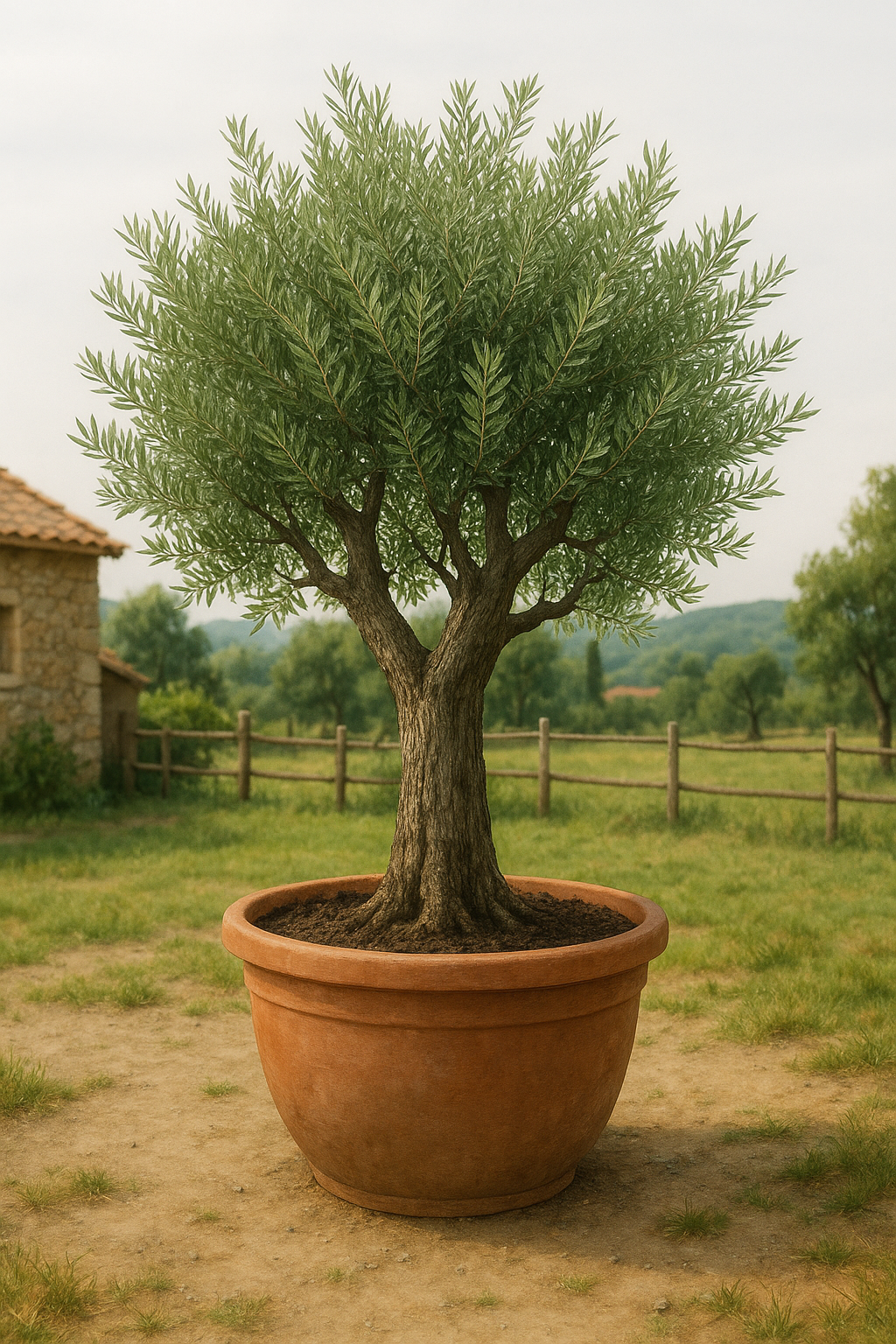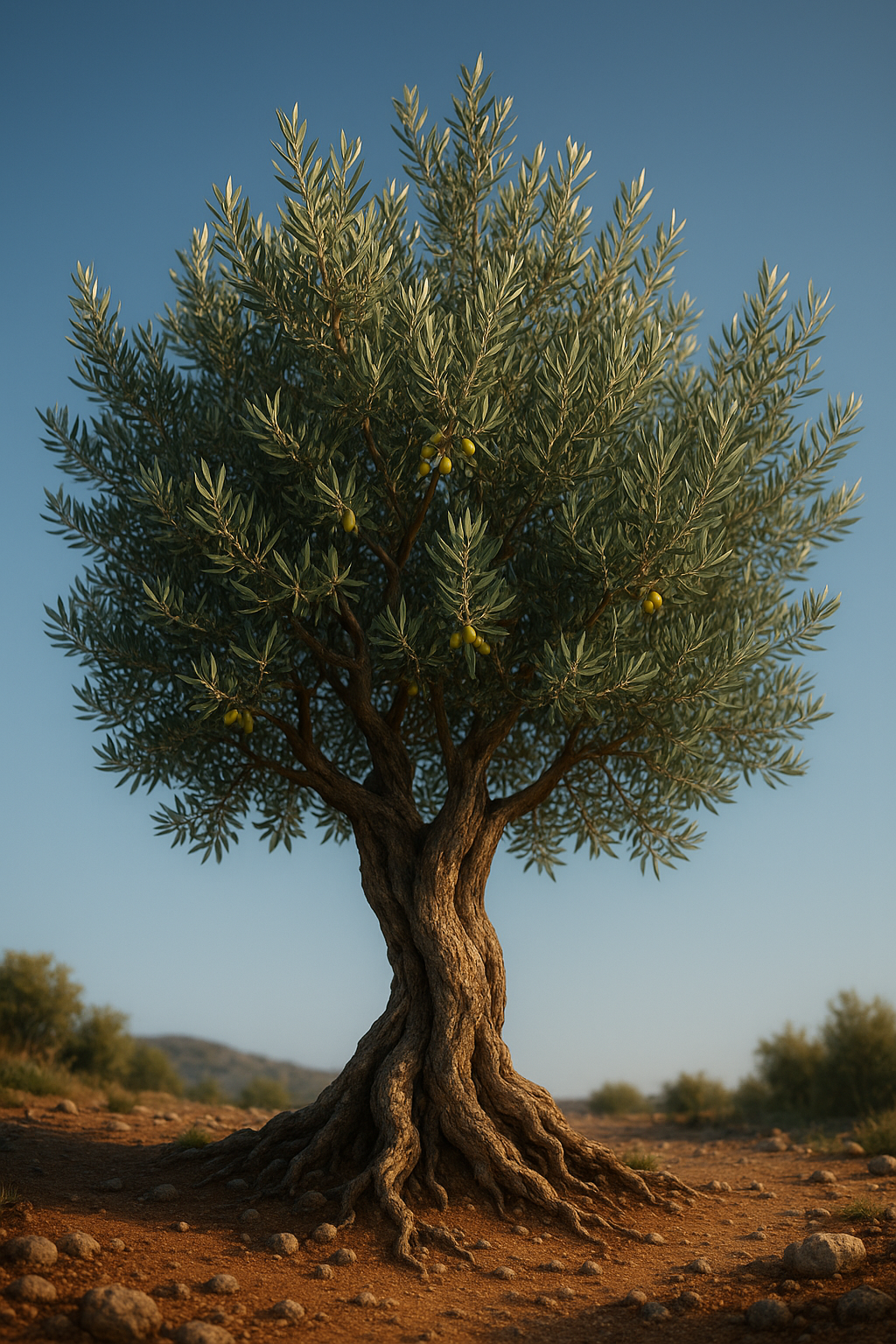Olive Tree (Olea europaea)
Olea europaea • Oleaceae Family
The Olive Tree is an evergreen fruit tree native to the Mediterranean Basin, grown for its edible drupes (olives) and highly valued oil. While slow to mature, it's a long-living, drought-tolerant plant ideal for sunny, well-draining conditions.
Best Propagation Method
Stem Cuttings - Mediterranean tradition!
Take 6–8 inch semi-hardwood cuttings in summer from current season's growth.
Cut just below a node and remove leaves from lower half.
Optional: Dip base in rooting hormone to improve success.
Plant in well-draining medium (e.g., half perlite, half peat) and firm gently.
Maintain high humidity using a clear plastic cover.
Place in bright, indirect light around 70–80°F (21–27°C).
Mist regularly and ventilate occasionally to prevent mold.
Roots should form in about 2–3 months; transplant when rooted.
Light Requirements
Full sun (6–8 hours daily) is essential. Indoors, place near brightest window or use grow lights.
Watering
Water young trees regularly. Mature trees prefer soil to dry slightly between deep waterings. Avoid soggy soil.
Soil Requirements
Well-draining, rocky or sandy soils. Neutral to slightly alkaline pH. Avoid heavy clay. Use containers if drainage is poor.
Temperature
Prefers 65–85°F (18–29°C). Hardy to ~20°F (–6°C). Requires ~2 months <50°F (10°C) for flowering. Protect below 14°F (–10°C).
🌞 Needs full sun to thrive and fruit well.
🌱 Cuttings produce fruit in 3–5 years, seeds in 5–12 years.
🪴 Can be grown in containers and overwintered indoors.
🫒 Raw olives must be cured before eating due to bitterness.
✂️ Prune in late winter/early spring; olives fruit on last year's growth.
🌬️ Low humidity and good airflow help prevent fungal diseases.
🦟 Watch for olive fruit fly and black scale in warm climates.
🌿 Self-fertile varieties exist (like Arbequina), but planting two varieties boosts yields.
💧 Avoid overwatering – root rot is a common problem in wet soils.
🌳 Olives can live hundreds of years in optimal conditions!



